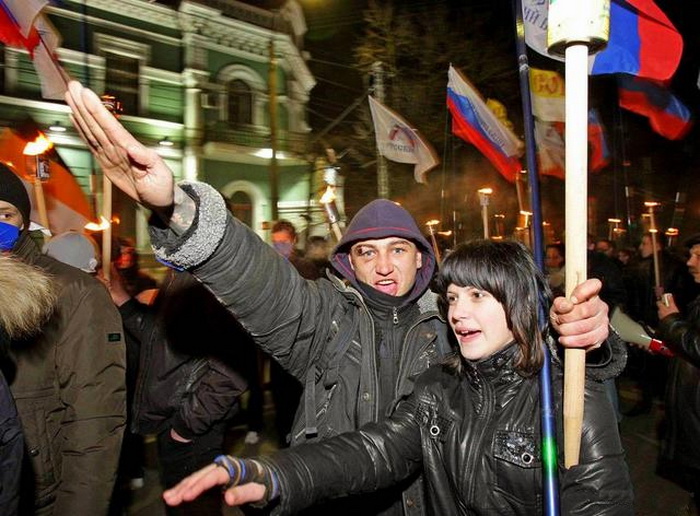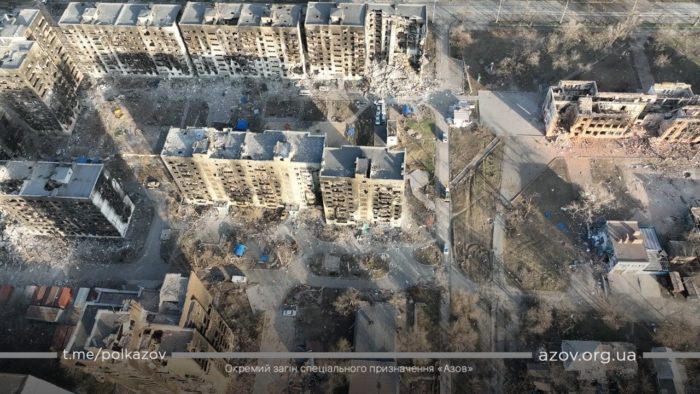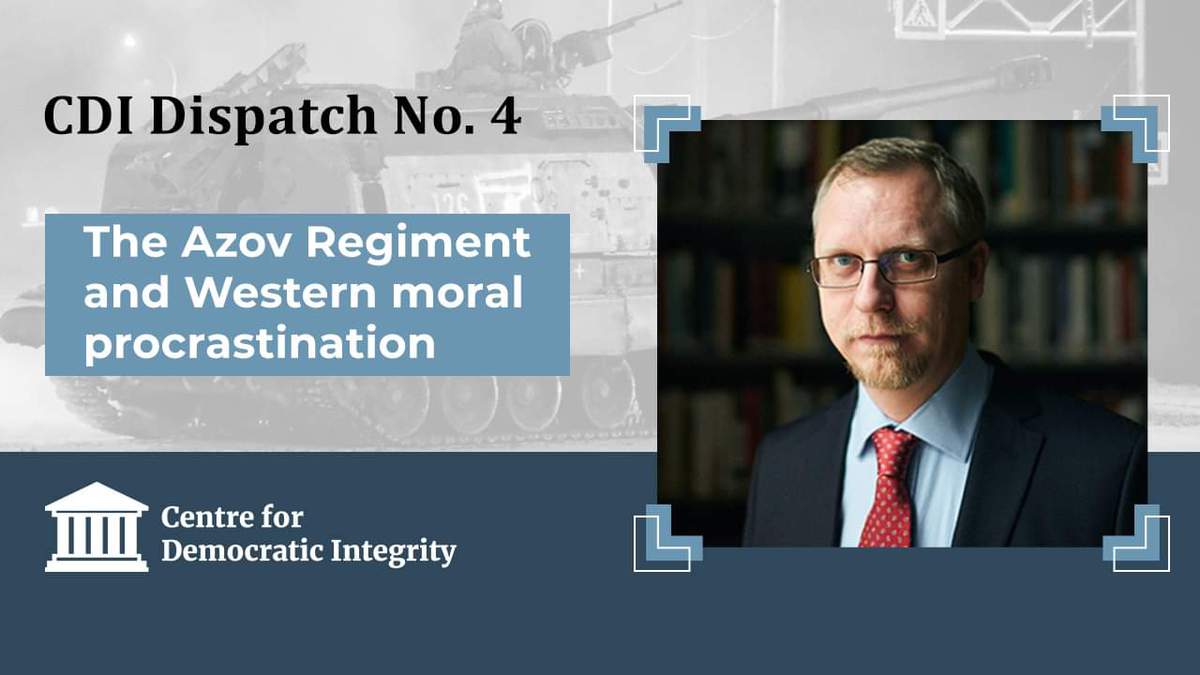When NATO militaries examine effective territorial defense, they keep running into an uncomfortable problem: one of the best examples comes from a unit they refused to arm for years.
The 1st Azov Corps was synonymous with far-right extremism. NATO countries wouldn’t send weapons. Today, those same militaries study how Ukraine systematically purged the extremists while keeping the effectiveness.
Why does this matter beyond Ukraine? Because territorial defense just became essential for every democracy with an authoritarian neighbor. And Azov shows it’s possible to transform controversial volunteer forces without losing what makes them effective.
When armies collapse, volunteers fill the gap
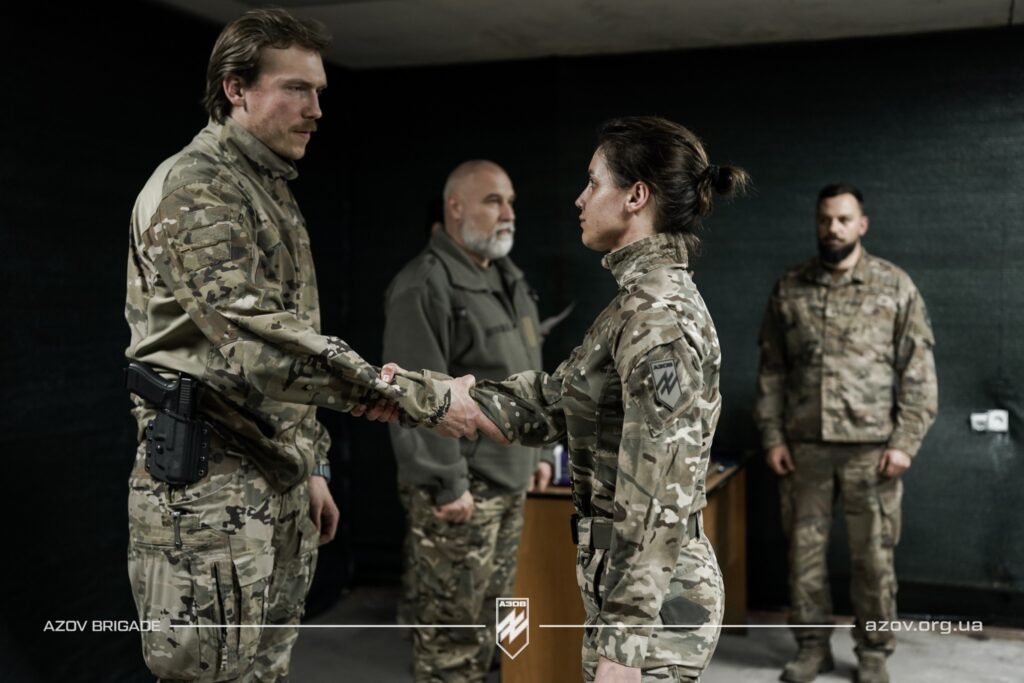
Ukraine’s regular army was falling apart in 2014. Corruption, no equipment, units that wouldn’t fight. Russian forces and their proxies grabbed footholds in Luhansk and Donetsk while Ukrainian brigades crumbled.
Someone had to step up. On 5 May 2014, Russian-speaking Ukrainians formed Azov during the initial phase of the Donbas war. Initially called the “Black Corps” for their black masks and urban combat gear, they weren’t your typical volunteer battalion.
They got results fast. Azov helped retake Mariupol in September 2014 and Marinka in June 2015. Effective fighters who could actually push Russian forces out of key cities.
But here’s the thing: effectiveness came with baggage. Among the nationalists and patriots were members with alleged ties to far-right extremists. The Kremlin seized on this, turning Azov into a propaganda goldmine for justifying future aggression.
The weapons embargo that backfired
NATO countries slapped weapons embargoes on Azov. Understandable, given the extremist connections. The problem? Ukraine now had some of its most effective fighters inadequately armed, just as Russia planned something much bigger than the Donbas.
By late 2014, Azov was restructured into a regiment within Ukraine’s National Guard. The unit continued training and recruitment, becoming one of the most formidable fighting forces in the Ukrainian military. However, the weapons restrictions remained.
This created an awkward situation: Ukraine’s allies were effectively handicapping one of its most capable units because of political concerns.
Meanwhile, Russia was preparing for a full-scale invasion.
How to purge extremists without losing fighters
Can you clean house without destroying effectiveness? Ukraine decided to find out.
Starting in 2017, the remaining far-right elements got systematically discharged, according to Ukrainian political scientist Vyacheslav Likhachev. The unit distanced itself from far-right political movements like the Azov Movement and National Corps.
What replaced loose recruitment? Rigorous training intake that separated recruits who could perform under pressure, become future platoon leaders, and display unit cohesion. British-led Western training programs brought NATO doctrine to units like the 12th Special Forces Brigade.
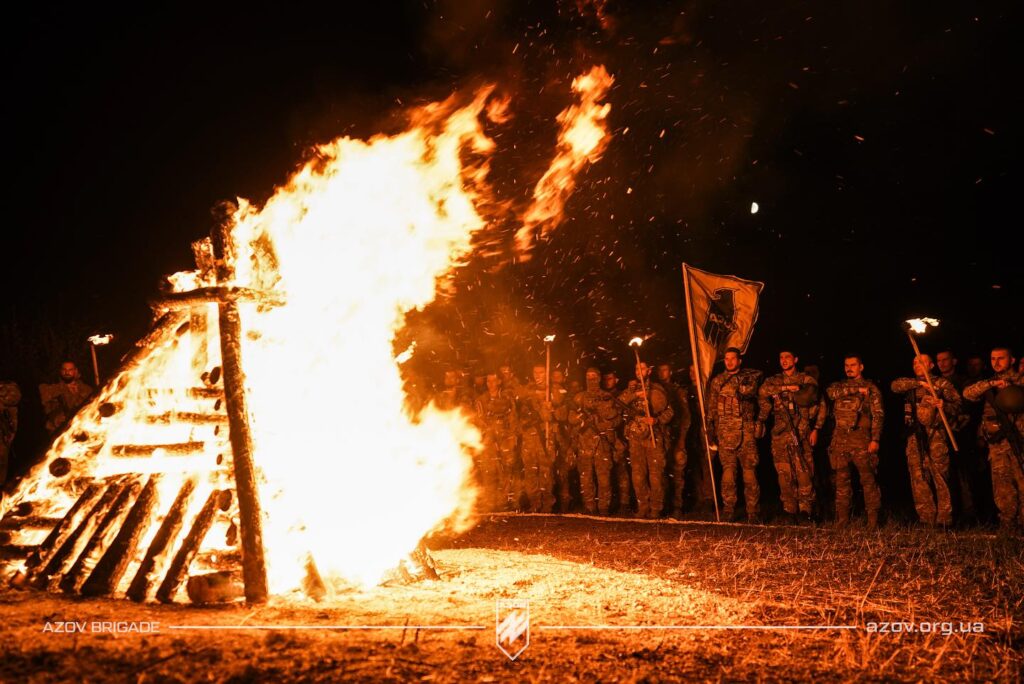
But training goes beyond classroom work. Azov recruits undergo rigorous field exercises, including close-quarters combat and trench warfare—preparing for real scenarios they’d face in the Donbas. Peak performance and composure under fire get instilled through actual practice.
The transformation worked. NATO countries started lifting weapons bans, recognizing Azov as a professional military unit.
Mariupol: The ultimate test
When Russia launched its full-scale invasion in February 2022, Azov’s transformation faced the ultimate test. At the Siege of Mariupol, the regiment tied down elite Russian units, including the 3rd Guards Spetsnaz and 810th Naval Infantry Brigade.
For three months, Azov held out. They prevented those elite units from reinforcing the initial assault on Kyiv. The strategic impact? Massive.
The cost was brutal. Many Azov members became POWs under grueling conditions, enduring torture as Russia used the unit’s controversial past for propaganda. Hundreds would eventually return through prisoner swaps, but some remain in captivity.
Still, Mariupol proved the transformation worked. The unit that NATO once refused to arm had become essential to Ukraine’s defense.
From regiment to corps: Scaling up success
What do you do with a proven model? Scale it up.
In April 2025, Azov became a full corps—the 1st Azov Corps. They’re now fighting across critical sectors: Toretsk, Pokrovsk, the Svatove-Kreminna line. The unit attracts recruits through demonstrated competency and trust among soldiers and civilians alike.
But what makes Azov different from typical territorial defense? Most such units hunker down and wait. Azov deploys anywhere on short notice, more like the US Marine Corps. They combine defensive and offensive capabilities, as seen in recent operations in Luhansk.
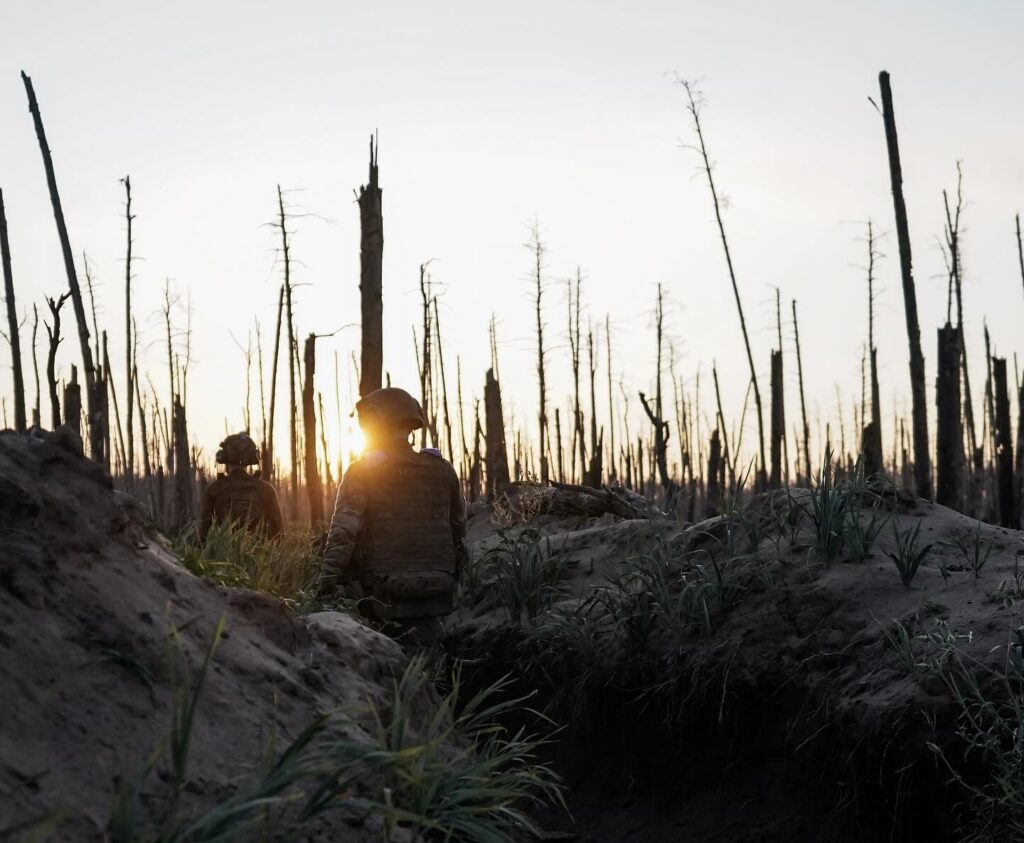
What NATO sees in Azov’s model
Here’s what catches NATO’s attention: systematic transformation without losing effectiveness.
The process involved several key elements.
- Professional vetting replaced loose recruitment.
- Integration into formal military structure created clear command hierarchy.
- Western training standards brought NATO doctrine.
- Focus shifted from ideology to patriotism.
- Rigorous selection emphasized competence over politics.
Why does this matter to countries like Finland, Sweden, and the Baltic states? Russia’s invasion forced the rapid expansion of territorial defense across NATO. These countries need effective local units that can operate independently while integrating with national defense.
Azov provides a roadmap. You can take problematic volunteer forces and turn them into professional military units through systematic transformation. The key? Don’t throw out effectiveness while cleaning house.
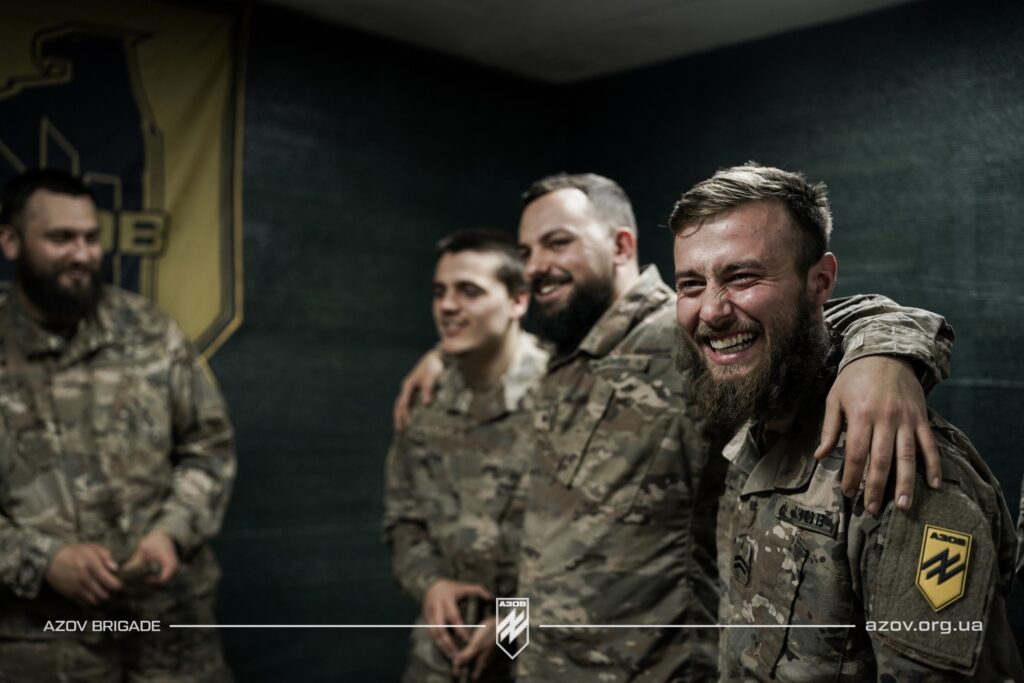
The global implications
Can other countries replicate Ukraine’s approach? That depends on several factors.
- First, you need volunteers motivated by genuine patriotism rather than just ideology. Azov formed from strong nationalism and desire to serve in the face of existential threats. That foundation made transformation possible.
- Second, you need rigorous vetting systems. The controversies that led to arms embargoes actually forced stronger background checks. Without external pressure, other countries might not implement such thorough screening.
- Third, you need Western training and doctrine. NATO standards provided an alternative identity focused on professionalism rather than politics. Countries without access to such programs would struggle to replicate the transformation.
But here’s the bottom line: territorial defense isn’t optional anymore for democracies facing authoritarian neighbors. You need effective local units ready to fight. Ukraine proved problematic volunteer forces can become professional military units through systematic change.
For NATO planners worried about where Russia goes next, that’s worth studying—even from a source they once refused to arm. The 1st Azov Corps continues fighting across eastern Ukraine, part of a war that has cost Russia over one million casualties according to Western estimates.
The transformation from pariah to NATO standard took years. But it worked.
Editor’s note. The opinions expressed in our Opinion section belong to their authors. Euromaidan Press’ editorial team may or may not share them.
Submit an opinion to Euromaidan Press




